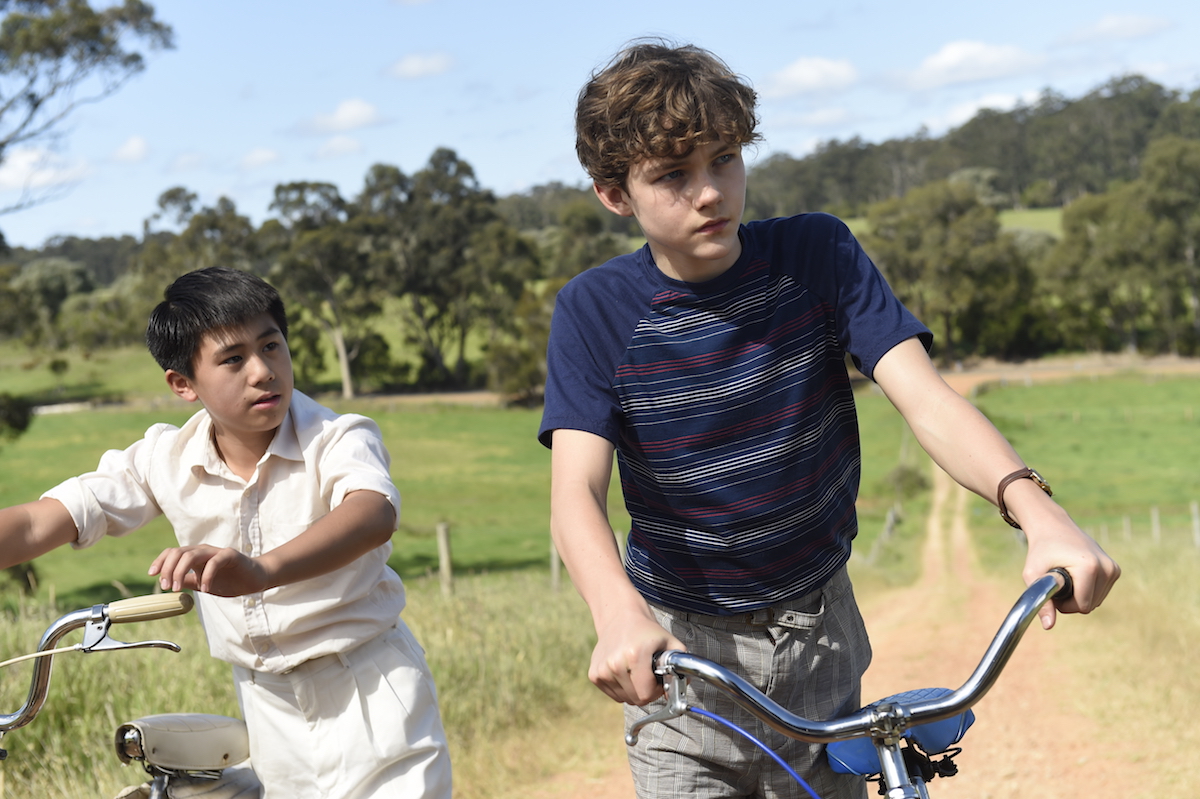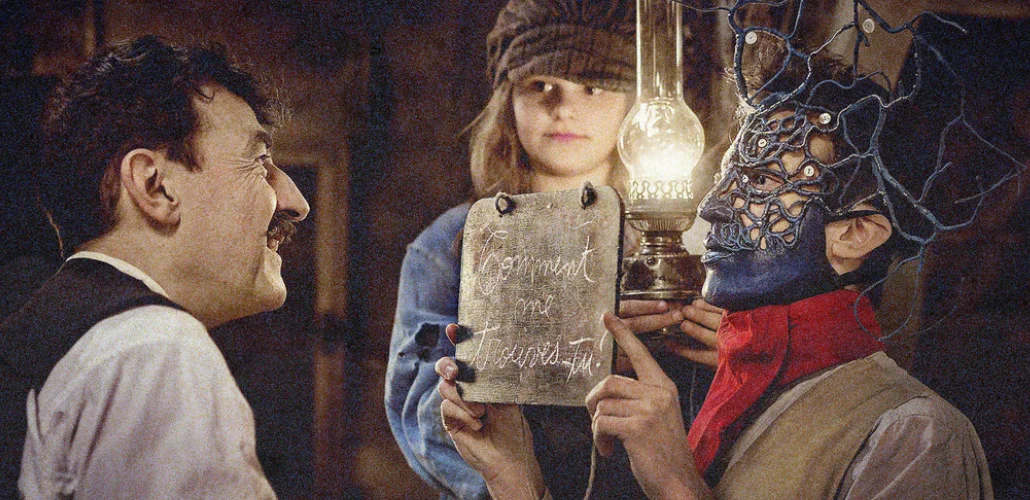Film Review: Jasper Jones
Lovers of Craig Silvey's iconic Australian novel Jasper Jones will be pleased to know that the film adaptation is due to hit theatres this week. Shot in Australia's south west, the film's striking cinematography features a breathtaking Australian landscape that will swallow you up whole.
Directed by Rachel Perkins and produced by Vincent Sheehan and David Jowsey, the tale of Jasper Jones takes place in the isolated mining town of Corrigan (fictionally situated in regional Western Australia). The year is 1969, and bigotry is rife. Mixed-race outcast Jasper Jones (Aaron McGrath) is an enigma to the town, and to most, the colour of his skin precedes his virtue. With gossip and secrecy inundating the community, Jasper is the first to blame in the event of misfortune. The townsfolk are relentless and derisive — not only to Jasper but also towards the largely misrepresented minority groups. Whether it's overt or covert, the aching pains of racial discrimination are felt throughout.
The issues of racism and ignorance are topical, no doubt, but what the film captures best is the classic bildungsroman journey from innocence to experience. Charlie Bucktin (Levi Miller) is a fitting protagonist who aptly embodies the trials of growing up; this is no easy feat either, in such a suffocatingly isolated environment. Yet his world is about to be turned upside down. In the dead of night, Jasper Jones shows up outside Charlie's window seeking help and leads him deep into the eerie forest. What the two boys come across not only shakes them, but brings them closer together. Following the irrevocable incident Charlie navigates through the inescapable struggles of small-town blues, and questions the narrow psyche of the world around him — particularly, the injustices towards his fellow comrades.
The past is uncovered, and mysteries and tragedies will make themselves known. The film's thematic material is pensive, and reflective of the book to a degree — but the adaptation of the novel falls short in one very prominent area. Despite a stellar performance by the cast, the film's characterisation (or the lack thereof) is a cause for worry. In a rigid string of events, the film is able to pack in the novel's darker undercurrents without compromise to the original plotline. However, this tilted focus diverts from the real essence of Jasper Jones as a piece of gripping Australian literature — that being, its respective characters, as well as the stories behind them. The portrayal of each character borders on two-dimensional and paper thin, as if they were merely instigators driving the action of the story. As such avid lovers of the book (including myself) might be thrown off in this regard.
Of course, there were laugh-out-loud moments and tear-jerking scenes for a tale that deserved to toy with our heartstrings. Amidst danger and loss the film's end is irresolute (akin to the novel) and this leaves one attempting to put together loose ends. Whilst the film itself proves enchanting in its own right, I felt it served as more of a vivid visual accompaniment to the written masterpiece. One thing, though, remains certain: Jasper Jones is poignant, haunting and a resounding tale telling of courage and camaraderie.










